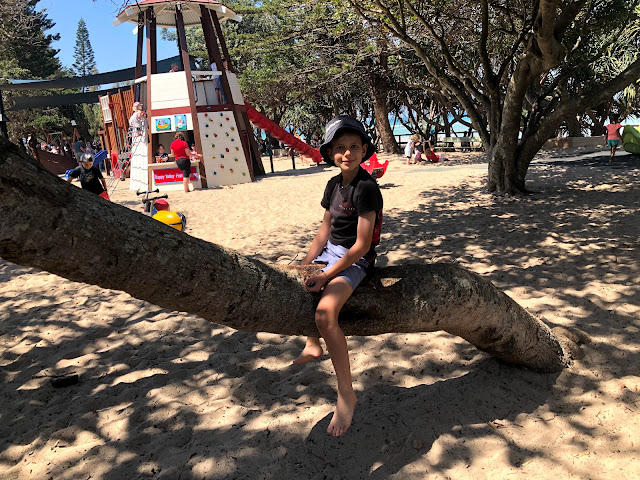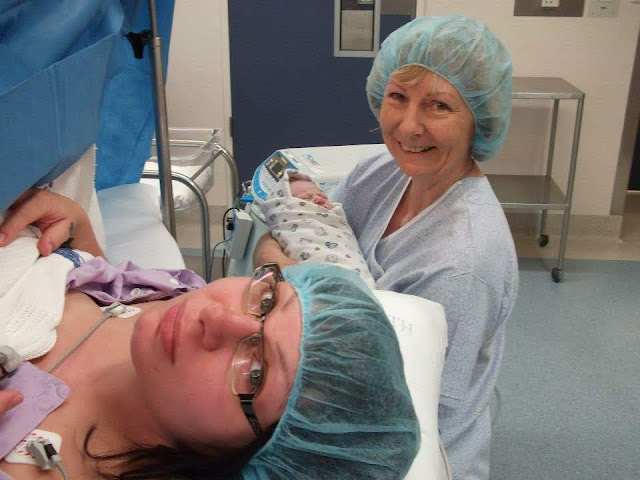"Sorry" Will Never be Enough
Introduction
The writer acknowledges
the Aboriginal and Torres Strait Islander peoples as the traditional custodians
of Australian land. Respect is paid to
the Elders, past and present. With this
respect in mind, some of the prime differences between a Western worldview and
an Indigenous Australian worldview, particularly in the context of religion, will
be examined. Similarities will also be
discussed. Next, why these differences
would have contributed to the frustration experienced by the First Nations
people will be touched upon. Finally,
the resulting implications rendered on the freedom and control of the Indigenous
Australians’ homeland will be analysed, the negative repercussions of which are
still affecting generations of today. It
will be argued Australia should be relinquished back to an Indigenous supreme sovereignty.
Religion now plays a less significant role in society, yet at the time of European colonisation of Australia, religion seemingly differentiated man from animal in the Western Worldview of some. A Presbyterian leader in New South Wales, Reverend John Dunmore Lang went so far as to claim the Aborigines were indistinguishable from “…the beasts of the field” (Bourke, Bourke & Edwards 2019, p. 77). Lang rationalised this on the basis that he observed no signs of religion or of religious observance amongst them. One need only look to stories of the Dreaming for evidence to refute Lang’s claims, for example the story of Akurra the snake who is said to have formed the great gorge now known as the Flinders Ranges (Tunbridge, cited in David 2002, pp. 29-30). Further, Aboriginal laws were steeped in each tribe’s religious beliefs and kinship obligations and, from a very young age, Indigenous children were aware of the serious repercussions that would befall anyone who broke those laws. Christianity could be compared to the Dreaming of Akurra the snake by considering there is minimal difference in believing God created the land or believing Akurra formed the Flinders Ranges. Both theories attribute creation to a supreme and now unseen being one must have faith in. Similar laws also existed within both societies—for instance, murder, incestuous relationships, stealing and assault were all considered unlawful in both Aboriginal and European cultures. Additionally, adultery, failing to comply with kinship obligations and insulting the Elders were also classed as transgressions in Indigenous culture (Ginibi 1994, pp. 8-11). Aborigines, it would appear, held their fellow citizens and family members to an even higher standard of accountability than the Europeans. Considering this, it would be unconscionable to agree with Reverend John Dunmore Lang’s racist and unsubstantiated opinion. The religion was certainly there in the likes of mythical creatures and Dreaming stories; the religious observance could be seen in sacred ceremonies, such as coming of age initiations. Alas, these stories and ceremonies were not the way of the White man and were, therefore, deemed wrong.
Spirituality and kinship were important to Aboriginal and Torres Strait Islander life before the invasion of the European settlers and the Christian missionaries. Imagine how frustrating and patronising it must have been for these people, forced to give up their cultural beliefs, even their native tongues, and become like the very thing they loathed: The White man. These people had been raised in a familial environment, teeming with love, reciprocity, respect and kinship ties so admirable, the Western world ties of nuclear origin appear frail. An Aboriginal woman was not just mother to her own children, but also revered as a “social mother” to all the children within her clan, as too was a father in this same sense (Ginibi 1994, p.11). Wrongdoing and disregard for the law was swiftly dealt with by the Elders. In many ways, Indigenous Australians were more moral in their traditional culture than the Godly missionaries who sought to bring about their salvation! As Alexander Harris (cited in Grant 2002, p. 121) stated so aptly, “You who tie one another up and flog one another to within an inch of life for some little hasty word; you, who deprive me of my hunting grounds… you a people divided into two classes… the tyrant and the slave… YOU convert ME, preposterous!” The White man was a guest on Australian land, yet he showed no respect for that which was never his own. Contrarily, the young Aborigine of today who commits a burglary is quickly convicted and incarcerated for trespassing on land The Crown argues he had no right to be on… yet there was no equality when The Crown wrongfully took possession of this country from the young man’s ancestors. It is little wonder the hypocritical Christian commandment “thou shalt not steal” often did not, and continues to not, gel with a people who had their families, land, culture and identities stolen from them.
The resulting implications this had on the freedom and control Indigenous Australians were able to exercise over their land is still evident in society today. A broken generation of Indigenous youth is overrepresented in both the Criminal Justice System and the Child Protection System. A mere 6% of the Australian population of young people are Aboriginal… yet the percentage of incarcerated youth who are Aboriginal is a staggering 58% (Korff 2019)! To the traumatised parents of these young people, for many it probably seems like only yesterday that they were stripped of their children and families by the allegedly “superior” invaders. Today, when the government takes Indigenous children into custody, it is labelled justice. But is it really all that different to The Stolen Generations? Subba Ghosh (2006, p. 23) surmised, “Black is not just the colour of the skin. It is the colour of the hidden history.” The past cannot be changed but it must be acknowledged and rectified today by recognising Indigenous Australians are the true custodians of the country. What happened, at the time of the invasion and for decades after, was wrong and many wayward Aborigines today need compassion and remorse, not further victimisation and punishment. This Nation needs its own sovereignty; an indigenous sovereignty.
Conclusion
The Western worldview and the Indigenous worldview are vastly different. While some similarities are established between the laws, Indigenous Australians were more family oriented and held one another to an arguably more moral and nurturing standard of living. The Dreaming was to the Aborigines, as Christianity was to the Europeans; however, loving and accepting their fellow humans, as Christ did, seemed unimportant. The Christian missionaries preached love and salvation even as they practiced hatred and intolerance. Australia is not The Crown’s land. It is time to give back supreme Australian sovereignty to its rightful Indigenous custodians.
References
David, B 2002, Landscapes, rock-art and
the Dreaming: an archaeology of preunderstanding, Leicester University
Press, London.
Edwards, B 2019, ‘Living the Dreaming’, in
C Bourke, E Bourke & B Edwards (ed.), Aboriginal Australia, 2nd edn,
University of Queensland Press, St Lucia, Queensland, pp. 147-148.
Ghosh, S 2006, The art of politics the politics
of art: the place of Indigenous contemporary art, Griffith University and
the Queensland Government, Brisbane.
Ginibi,
R 1994, ‘Aboriginal traditional and customary law’, Law Text Culture,
vol. 1, no.1, pp. 8-12, viewed 14 September 2020,
<http://ro.uow.edu.au/ltc/vol1/iss1/1>.
Grant, S 2002, The tears of strangers:
a family memoir, Harper Collins Publishers, Sydney.
Korff, J 2019, Creative spirits, Juvenile Detention, New South Wales, viewed 12 September 2020, <http://www.creativespirits.info/aboriginalculture/law/juvenile-detention>.
google.com, pub-5896944412523933, DIRECT, f08c47fec0942fa0









Comments
Post a Comment